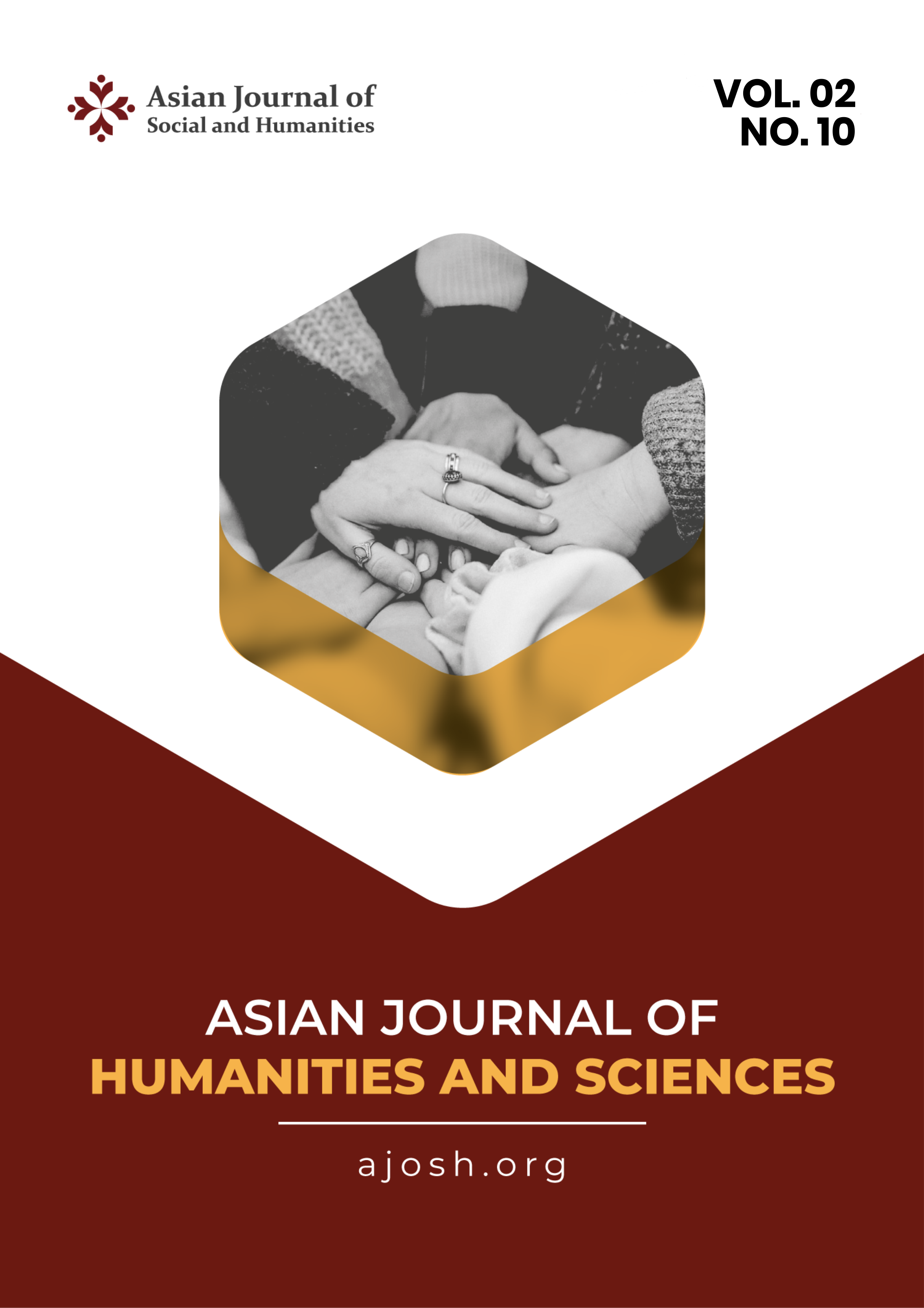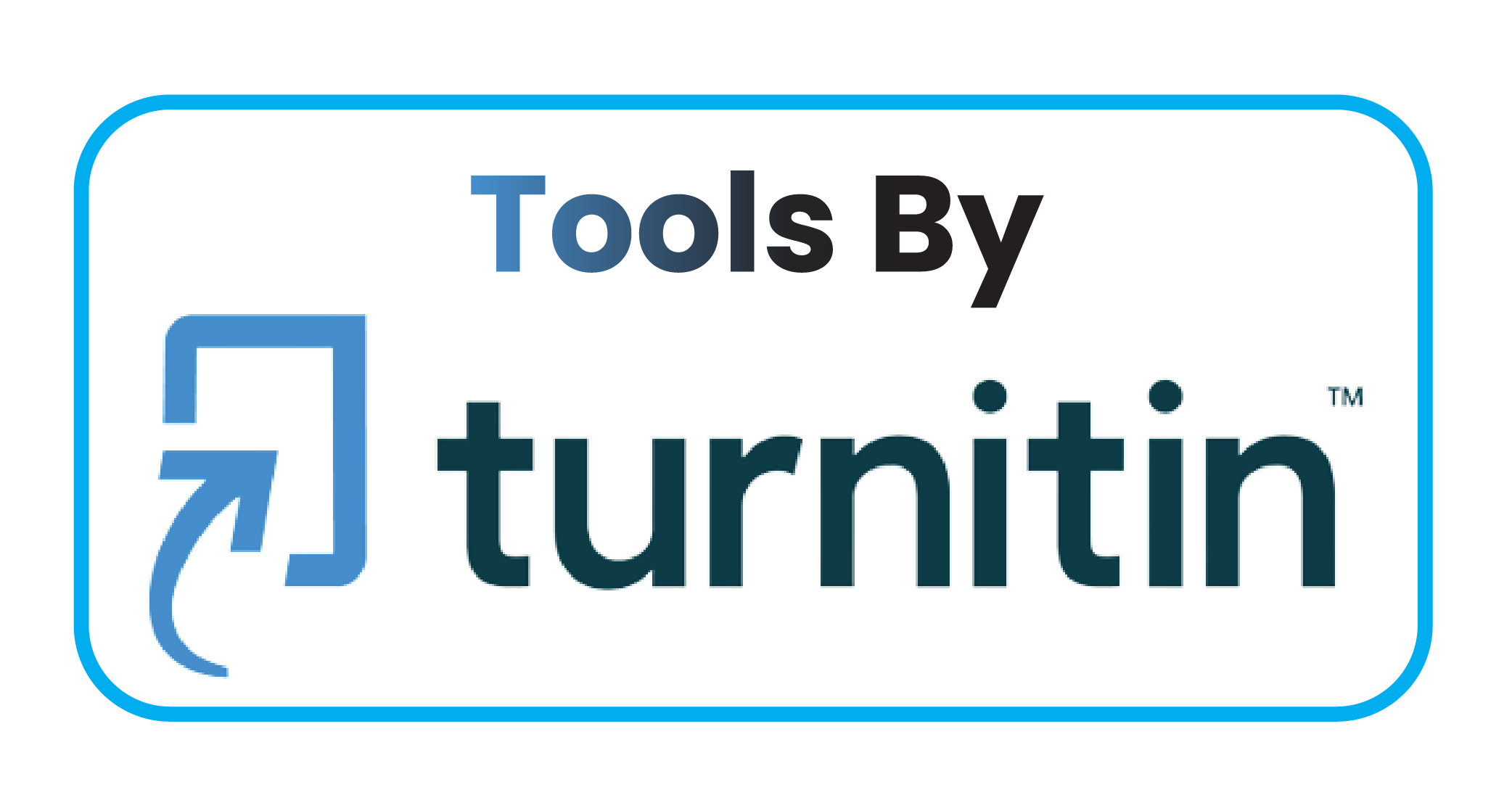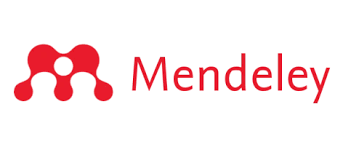Study of Element Abundance in Volcanic Rocks in the Beruang Kanan Region, Gunung Mas Regency, Central Kalimantan
DOI:
https://doi.org/10.59888/ajosh.v2i10.356Keywords:
ain elements;, volcanic rocks;, affinity;, magmaticAbstract
Soil elements, based on their abundance in the earth's crust and petrogenetic analysis aim to divide soil elements into several groups, namely major elements, trace elements and rare earth elements (REE). The research location is located in the Beruang Kanan area, Tumbang Miri District, Gunung Mas Regency, Central Kalimantan Province. The major elements and trace elements of the host rock were obtained from X-ray fluorescence (XRF) analysis and Plasma-Coupled Mass Spectrometry (ICP-MS) methods. Volcanic rocks from the Kanan Bear prospect The volcanic magmatic affinity in the study area is calc-alkaline this chemical characteristic is clearly reflected by the type of volcanic rock which is determined based on its chemical classification, which is generally igneous rock of the calc-alkaline magma series type so it is interpreted to originate from a convergent tectonic environment continental edge.
Published
Issue
Section
License
Copyright (c) 2024 Retno Anjarwati, Sutarto Sutarto, Dwi Fitri Yudiantoro, Arifudin Idrus

This work is licensed under a Creative Commons Attribution-ShareAlike 4.0 International License.
Authors who publish with this journal agree to the following terms:
- Authors retain copyright and grant the journal right of first publication with the work simultaneously licensed under a Creative Commons Attribution-ShareAlike 4.0 International. that allows others to share the work with an acknowledgement of the work's authorship and initial publication in this journal.
- Authors are able to enter into separate, additional contractual arrangements for the non-exclusive distribution of the journal's published version of the work (e.g., post it to an institutional repository or publish it in a book), with an acknowledgement of its initial publication in this journal.
- Authors are permitted and encouraged to post their work online (e.g., in institutional repositories or on their website) prior to and during the submission process, as it can lead to productive exchanges, as well as earlier and greater citation of published work.










